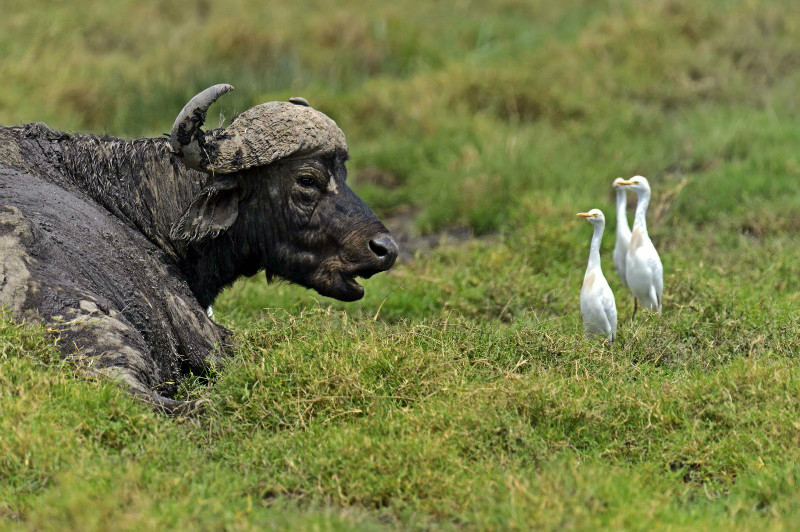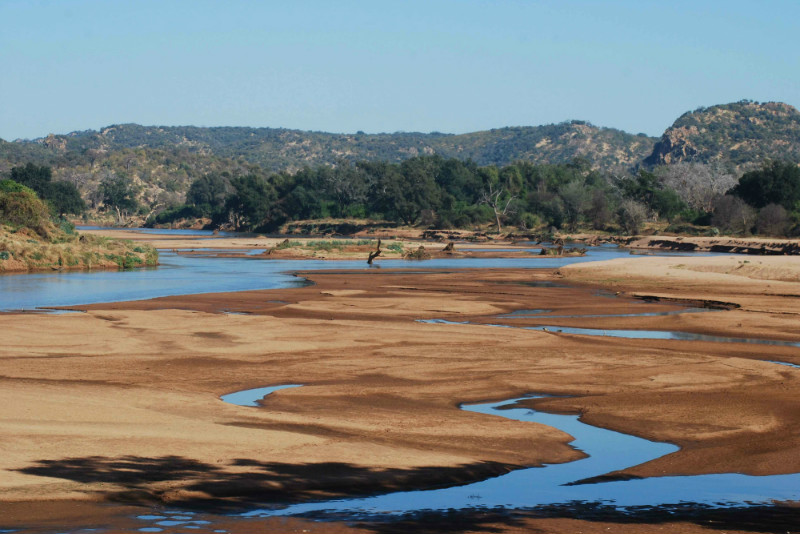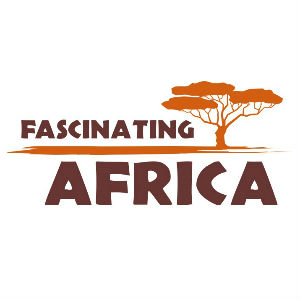On international day of biological diversity James Bailey explains what the much used word, biodiversity, actually means.
There’s a lot of talk about biodiversity, but what on earth is it? Well, simply put:
“It is all life on Earth”.
A more detailed definition is along the lines of:
“biodiversity is the term given to the existence of a wide range of living organisms in one place at a certain time. The place can range in scale from a window box to the world as a whole”.
Biodiversity in Africa
When asked about biodiversity there is one place that springs to mind each and every time. That place is Makuleke in northern Kruger on the Limpopo River.
Not only did I have the privilege of spending a month there during my safari guide training I then went back (in fact I never left) and spent the next six months walking trails as a back-up guide.
Makuleke is such a great example when it comes to biodiversity. This is due the wider range of habitats that it has which can sustain a diverse range of life. These habitats include wetlands, riverine forests, woodland and floodplains to name but a few.
There is one stat that sums up Makuleke’s status as a biodiversity hot spot:
“In all Makuleke is 24,000 hectares (almost 60,000 acres). This is a relatively small area, just 5% of Kruger National Park yet it represents 95% of Kruger’s biodiversity”.
Get involved
Learn more about the ecology of Makuleke through a dedicated course.
Take part in international day of biological diversity, each year it is celebrated on the 22nd May. Find out more at the convention’s website.
Sources: WWF and Biology Online. Please see the reference section for full details.



 Previous Post
Previous Post
